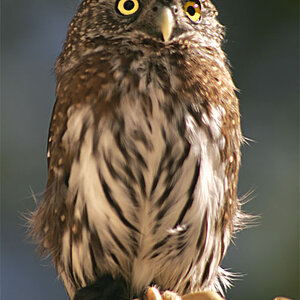Navigation
Install the app
How to install the app on iOS
Follow along with the video below to see how to install our site as a web app on your home screen.

Note: This feature currently requires accessing the site using the built-in Safari browser.
More options
You are using an out of date browser. It may not display this or other websites correctly.
You should upgrade or use an alternative browser.
You should upgrade or use an alternative browser.
Losing quality when converting to JPG (a lot of quality)
- Thread starter Moe
- Start date
Sherman Banks
TPF Noob!
- Joined
- Feb 24, 2009
- Messages
- 871
- Reaction score
- 0
- Location
- Rain City
- Can others edit my Photos
- Photos OK to edit
Why don't you use CS3 to save as jpeg? And where do the photos look bad, on the net or your computer?
Samanax
TPF Noob!
- Joined
- Jan 1, 2009
- Messages
- 2,562
- Reaction score
- 0
- Location
- Kaneohe, Oahu
- Can others edit my Photos
- Photos OK to edit
Could you post a sample picture?
Why are you using FastStone Photo Resizer instead of PS CS3 to do the resizing?
Why are you using FastStone Photo Resizer instead of PS CS3 to do the resizing?
- Joined
- Dec 16, 2003
- Messages
- 33,896
- Reaction score
- 1,853
- Location
- Edmonton
- Website
- www.mikehodson.ca
- Can others edit my Photos
- Photos NOT OK to edit
I agree with the others. If you have CS3, saving a JPEG for uploading is very easy.
It seems to me that most of the 'poor quality JPEGs when uploaded' problems come about when people try to upload image files that are too large and they get automatically resized somewhere along the line.
But if you resize and compress the image yourself, before uploading to the web, there shouldn't be any problems because if the files are small enough, they should bypass any automatic resizing.
In CS3, try the 'save for web' option.
It seems to me that most of the 'poor quality JPEGs when uploaded' problems come about when people try to upload image files that are too large and they get automatically resized somewhere along the line.
But if you resize and compress the image yourself, before uploading to the web, there shouldn't be any problems because if the files are small enough, they should bypass any automatic resizing.
In CS3, try the 'save for web' option.
dcclark
TPF Noob!
- Joined
- Feb 19, 2009
- Messages
- 480
- Reaction score
- 0
- Location
- Houghton, MI
- Website
- blog.dcclark.net
- Can others edit my Photos
- Photos OK to edit
Are you viewing these photos (and noticing the difference) all on your laptop, in the image editors? Or are you uploading the jpeg and THEN looking at it in a browser? That could easily be the source of your problems -- either (as others have mentioned) automatic scaling and compression from your photo hosting service, or a non-color-managed web browser.
Enem178
TPF Noob!
- Joined
- Jan 3, 2008
- Messages
- 268
- Reaction score
- 0
- Location
- East Orange,NJ
- Website
- www.kwaltonphotography.com
- Can others edit my Photos
- Photos NOT OK to edit
Sherman Banks
TPF Noob!
- Joined
- Feb 24, 2009
- Messages
- 871
- Reaction score
- 0
- Location
- Rain City
- Can others edit my Photos
- Photos OK to edit
If you save as Jpeg with max quality, it will be difficult to notice any difference in quality from a tiff, but you wouldn't want to go back and edit the jpeg and save again. If you're working from RAW and not getting the save as jpeg option, convert the image to 8bit from 16bit, then it should give you the option.
biancarose
TPF Noob!
- Joined
- Apr 30, 2009
- Messages
- 80
- Reaction score
- 0
- Location
- Dallas, TX
- Website
- www.shadylittleroad.com
- Can others edit my Photos
- Photos NOT OK to edit
I have a quick question, what size would you all suggest to resize the pictures to before uploading?
peterkipl35
TPF Noob!
- Joined
- May 3, 2009
- Messages
- 4
- Reaction score
- 0
- Can others edit my Photos
- Photos NOT OK to edit
Ok, so I saved it as a jpg using the save for web option. I was still unable to do it by changing it to 8 bit. Here's the difference. It's not that dramatic between these two jpg's, but still the difference between even the better jpg and the tiff is easily discernable, especially with regards to color.
The CS3 jpg:
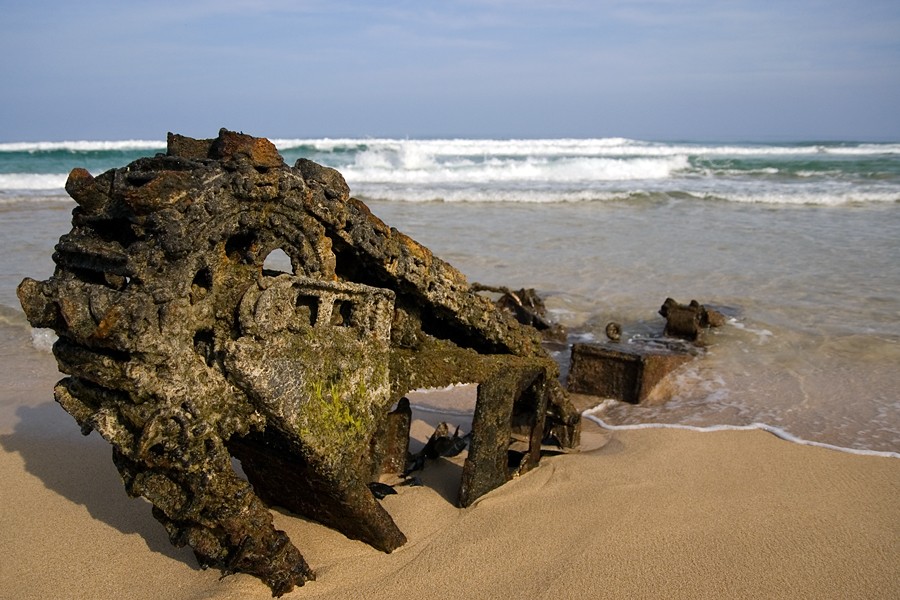
The Fast Stone jpg:
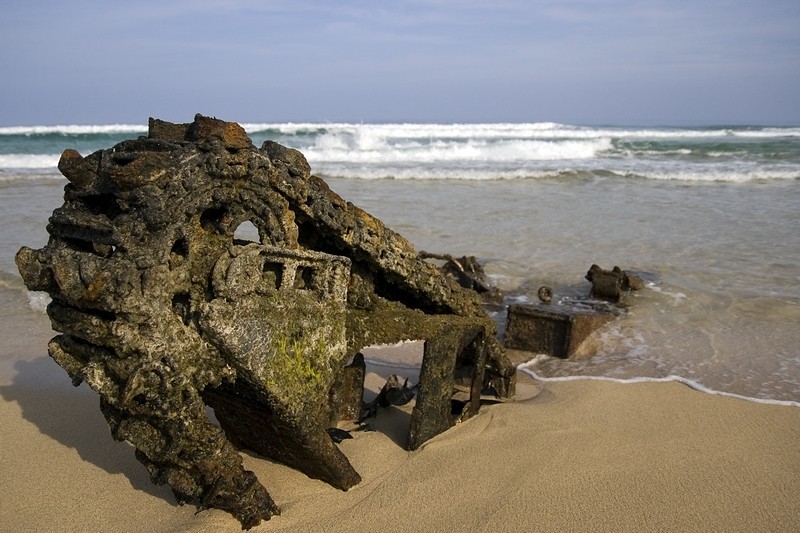

The main differences are the sand, the rust on the structure, and the small bit of ocean. I wish I could post the jpg. Maybe I'm making too big a deal of this. It's not like this photo is going to win any awards, it's just that I want my photos to be the best they can be. Anyone else have this problem?
Any C&C on the photo is welcome.
nice, the differences are easy to see
- Joined
- Mar 10, 2007
- Messages
- 7,824
- Reaction score
- 16
- Location
- The Magic Kingdom
- Website
- www.flickr.com
- Can others edit my Photos
- Photos OK to edit
I have a quick question, what size would you all suggest to resize the pictures to before uploading?
800px is the recommended maximum on the longest side. Anything larger and the default response by the site is to reduce it to 800px, unless the viewer has set a different preference in their profile.
David Mccarthy Media
TPF Noob!
I have been researching this night and day for months now. I have contacted many website support specialists (many of who can not even view a difference between the photos) with out any luck of fixing this problem. I think it takes a photographers eye to see the difference.
I have a website through wordpress, www.davidmccarthymedia.com. I typically resize my photos to max 600 w/h and save as high quality jpeg. When I view them on my website the contrast, sharpness, and vibrancy is lost. I have toggled between seeing the same photo off the web, in a blank web browser window, and using windows picture viewer. The website to having it just in a browser is a drastic difference, then the browser to viewing it on my pc is a night an day difference.
I am just looking to have my photos viewed at their highest quality. The website takes my photos and makes them look like point and shoot snap shots, and its starting to make my blood boil because I can not get to the root of this problem.
I have tried saving the photo in every possible way and uploading them. Its always the same thing.
My roommate is a web programmer and her can not understand it himself. His explanation is that the browsers are making the photos lighter.
Can anyone help?
David

I have a website through wordpress, www.davidmccarthymedia.com. I typically resize my photos to max 600 w/h and save as high quality jpeg. When I view them on my website the contrast, sharpness, and vibrancy is lost. I have toggled between seeing the same photo off the web, in a blank web browser window, and using windows picture viewer. The website to having it just in a browser is a drastic difference, then the browser to viewing it on my pc is a night an day difference.
I am just looking to have my photos viewed at their highest quality. The website takes my photos and makes them look like point and shoot snap shots, and its starting to make my blood boil because I can not get to the root of this problem.
I have tried saving the photo in every possible way and uploading them. Its always the same thing.
My roommate is a web programmer and her can not understand it himself. His explanation is that the browsers are making the photos lighter.
Can anyone help?
David
- Joined
- Apr 9, 2009
- Messages
- 41,401
- Reaction score
- 5,706
- Location
- Iowa
- Website
- kharrodphotography.blogspot.com
- Can others edit my Photos
- Photos OK to edit
No. Because not all browsers are equal.
Some are color aware, some aren't.
The web is 8-bit and sRGB. Once a Raw capture is converted, it's usually has a 16-bit depth to maximize editing headroom, and can be in any one of several RGB color spaces.
Also at issue is that most people don't calibrate their computer displays and there are different kinds of TFT-LCD display technologies like TN, PVA, IPS, AFFS, MVS, AVS.
JPEG is 8-bit only and a lossy format. It's lossy to reduce the files size. The way it reduces the file size (a 4:1 reduction in Fine mode) is by throwing away about 80% of the color data that was orginally captured by the image sensor.
In all honesty, it sounds like most of your issue is a color space problem.
Check out the tutorials here: http://www.cambridgeincolour.com/tutorials.htm Scroll down to the section that covers "Color Management".
Some are color aware, some aren't.
The web is 8-bit and sRGB. Once a Raw capture is converted, it's usually has a 16-bit depth to maximize editing headroom, and can be in any one of several RGB color spaces.
Also at issue is that most people don't calibrate their computer displays and there are different kinds of TFT-LCD display technologies like TN, PVA, IPS, AFFS, MVS, AVS.
JPEG is 8-bit only and a lossy format. It's lossy to reduce the files size. The way it reduces the file size (a 4:1 reduction in Fine mode) is by throwing away about 80% of the color data that was orginally captured by the image sensor.
In all honesty, it sounds like most of your issue is a color space problem.
Check out the tutorials here: http://www.cambridgeincolour.com/tutorials.htm Scroll down to the section that covers "Color Management".
Last edited:
Most reactions
-
 428
428 -
 287
287 -
 282
282 -
 266
266 -
 221
221 -
 198
198 -
 182
182 -
 179
179 -
 164
164 -
 164
164 -
 150
150 -
 130
130 -
 120
120 -
 95
95 -
I
94
Similar threads
- Replies
- 12
- Views
- 131
- Replies
- 3
- Views
- 129
- Replies
- 14
- Views
- 2K

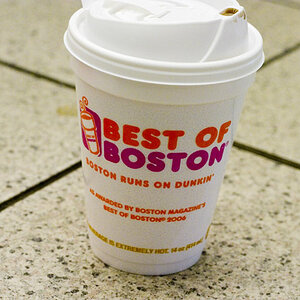
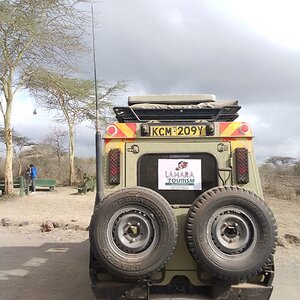
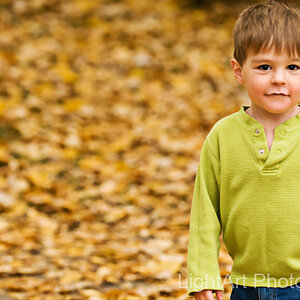

![[No title]](/data/xfmg/thumbnail/33/33351-cd8e1d901d113ee8f9312e19478885a7.jpg?1619735918)
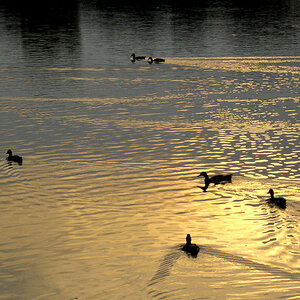
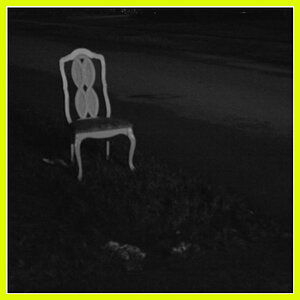
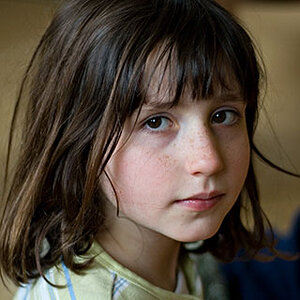
![[No title]](/data/xfmg/thumbnail/31/31016-072880d9bc086c9fe71b9b1ae48603d4.jpg?1619734571)

